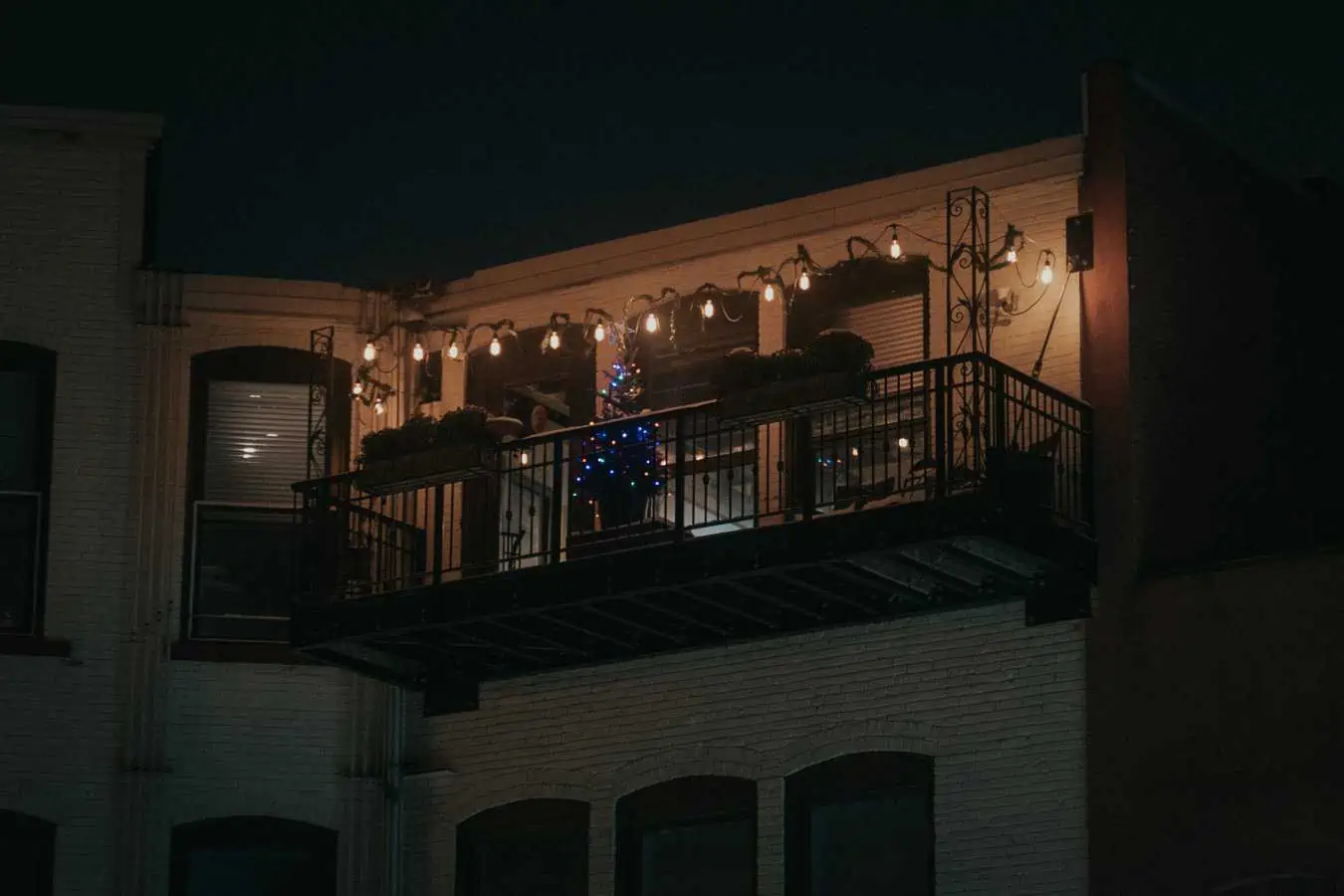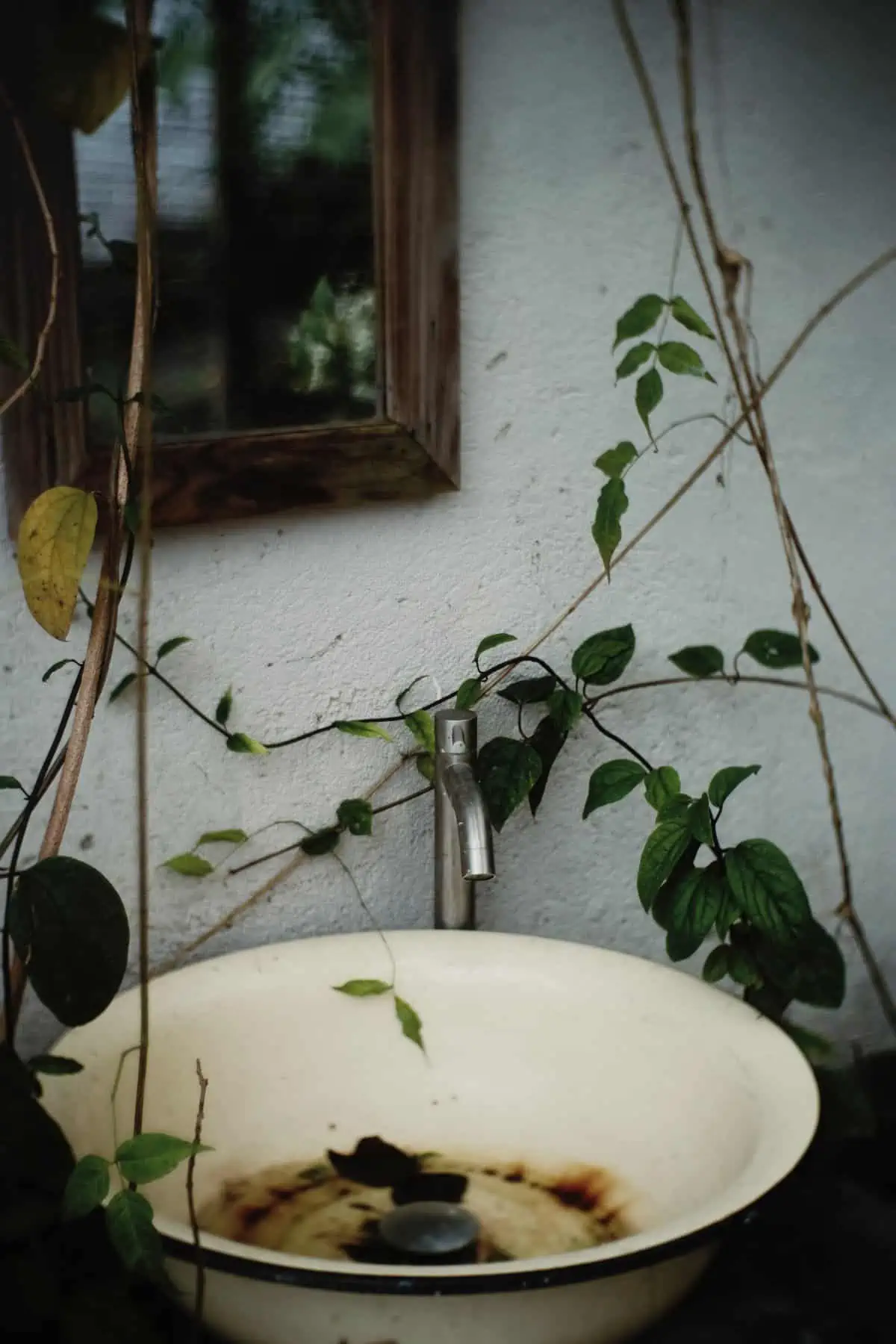The Juliet balcony, named after Shakespeare’s tragic heroine, Juliet Capulet. It is a charming architectural feature that has become increasingly popular in modern home design. This small and elegant balcony provides a touch of romance and outdoor connection to any room without the need for additional outdoor space. Let’s explore everything about Juliet balcony and the reasons why it’s a sought-after addition to homes.
What is a Juliet Balcony?
A Juliet balcony is a small, shallow balcony, usually attached to the exterior of an upper-floor window or French doors. Unlike traditional balconies, it does not extend beyond the building’s facade, and it does not offer standing space. However, it provides a beautiful and safe way to enjoy fresh air and outdoor views from the comfort of an interior space.
Why do they call it a Juliette Balcony?
The term “Juliet balcony” is named after the famous Shakespearean character, Juliet Capulet, from William Shakespeare’s play “Romeo and Juliet.” In the play, Juliet famously appears on a small, shallow balcony to speak with Romeo, who stands in the garden below. The scene has become iconic and is one of the most romantic and well-known moments in literature.
The architectural feature known as a Juliet balcony is reminiscent of this scene, where the balcony is typically small and shallow, just like the one Juliet stands on in the play. Similar to Juliet’s balcony, the modern architectural feature is usually attached to the exterior of a building, providing a beautiful vantage point for enjoying fresh air and outdoor views without offering standing space.
The term “Juliet balcony” has since become widely used to describe this specific style of balcony that adds a touch of romance and elegance to the facade of a building while also allowing for a connection to the outdoors. Moreover, it has garnered popularity in modern home design for its space-saving attributes and charming appeal. It has become a sought-after architectural element in contemporary home design, and its association with the romantic tale of “Romeo and Juliet” adds to its allure and charm.
How is a Juliet Balcony Installed?
Juliet balconies are typically made of wrought iron, steel, or aluminum for a delicate yet sturdy design. The installation process involves attaching a metal railing or balustrade directly to the exterior wall beneath the window or French doors. Moreover, panels may also be used to create a transparent and modern look, further enhancing the balcony’s aesthetic appeal. Juliet balconies can be customized to match the architectural style of the building, making them a versatile addition to various home designs.
Why Choose a Juliet Balcony?
1. Space-Saving Elegance
Juliet balconies are an excellent choice for homes with limited outdoor space or those in urban settings where traditional balconies are not feasible. They add a touch of elegance and open up the room to natural light and ventilation without compromising floor space.
2. Safety and Security
Juliet balconies provide a secure barrier that prevents accidental falls, making them a safe option for homes with children or pets.
3. Enhanced Aesthetics
The addition of a Juliet balcony can elevate the exterior aesthetics of your home, enhancing its overall curb appeal and creating a picturesque facade.
4. Increased Property Value
Adding a Juliet balcony can increase the market value of your property, as it adds a desirable and stylish feature that potential buyers may find attractive.
5. Connection to Outdoors
With a Juliet balcony, you can enjoy the beauty of the outdoors, feel the breeze, and admire the view without having to step outside. It brings a sense of nature and serenity to your indoor space.
6. Versatile Design Options
Juliet balconies come in various designs, materials, and finishes, allowing you to choose one that complements your home’s architectural style and suits your personal preferences.
7. Romantic Ambiance
The Juliet balcony’s association with romantic tales and its charming design can infuse your home with a touch of romantic ambiance, creating a special spot for intimate moments.
Juliet balcony design ideas to enhance your home’s exterior
1. Elegant Wrought Iron
Wrought iron Juliet balconies exude a classic and sophisticated look. The intricate scrollwork and elegant detailing of the railing add a touch of timeless beauty to your home’s exterior. The black or dark metal finish complements a variety of architectural styles, from traditional to Mediterranean.

2. Minimalist Glass Panels
A modern approach to Juliet balconies involves using transparent glass panels. This design choice provides an unobstructed view of the surroundings, making the balcony appear visually light and airy. It complements contemporary and minimalist architecture, and the lack of visible railing enhances the sleek and clean look.

3. Floral Trellis
Enhance your Juliet balcony with a floral trellis design. This idea allows climbing plants, such as ivy, jasmine, or roses, to grow and create a lush green display. The addition of plants adds natural beauty and a touch of nature to your balcony, making it a charming and inviting feature.

4. French Doors with Juliet Balcony
A combination of French doors and a Juliet balcony creates a seamless indoor-outdoor connection. The French doors can be opened to allow fresh air and natural light to flow into your interior space, while the Juliet balcony’s railing adds a decorative touch to the facade.

5. Curved Railing
Opt for a Juliet balcony with a curved railing to introduce a soft and graceful element to your home’s exterior. The curvature adds a subtle and organic feel to the balcony’s design, making it an eye-catching focal point.

6. Ornate Balustrade
Choose an ornate balustrade design for a Juliet balcony that exudes luxury and opulence. Elaborate detailing and decorative elements give your balcony a regal and grand appearance, perfect for homes with a more extravagant architectural style.

7. Contemporary Steel Frame
For a sleek and modern look, consider a Juliet balcony framed in stainless steel or black powder-coated metal. The clean lines and contemporary materials create a minimalist and sophisticated design that complements modern homes.

8. Art Deco Inspired
Incorporate elements of the Art Deco style into your Juliet balcony design. Geometric patterns, bold lines, and symmetrical shapes add an artistic and glamorous touch to the balcony, evoking the elegance of the 1920s.

9. Glass Juliet Balcony
Embrace a modern and airy feel with a full glass Juliet balcony. The transparent glass allows ample natural light to filter into your interior space, creating a bright and inviting atmosphere. This design choice is perfect for homes with a contemporary or minimalist aesthetic.

10. Rustic Wooden Balcony
Infuse your home with rustic charm by choosing a Juliet balcony with a wooden railing. The natural wood tones and simple design add warmth and character to the exterior facade.

11. French Balcony with Flower Boxes
Combine a French balcony with built-in flower boxes to add color and charm to your home’s exterior. The flower boxes offer space for plants and flowers, enhancing the balcony’s appeal and providing a touch of greenery.

12. Balcony with Built-In Bench
Optimize your balcony’s functionality by incorporating a built-in bench or seating area. This feature allows you to enjoy the view comfortably and creates a cozy spot for relaxation.

13. Black and White Contrast
Create a striking visual contrast by combining black metal railings with white exterior walls. This design choice adds a sophisticated and timeless appeal to the facade.

14. Geometric Patterns
Incorporate geometric patterns into the balcony railing design to infuse your home’s exterior with a contemporary and artistic touch. The geometric elements add visual interest and make the balcony a unique and eye-catching feature.

15. Decorative Lighting
Enhance the beauty of your Juliet balcony by adding decorative lighting fixtures, such as lanterns or sconces. These fixtures not only illuminate the balcony area but also add charm and elegance to your home’s facade, especially during the evenings.

When choosing a Juliet balcony design, consider the architectural style of your home, your personal preferences, and the overall aesthetic you wish to achieve. A well-designed Juliet balcony can significantly enhance the appeal of your home’s exterior, providing a charming and inviting feature that complements your lifestyle.
Conclusion
The Juliet balcony is a beautiful and practical addition to any home, offering a safe and elegant way to connect indoor living spaces with the outdoors. Its space-saving design, enhanced aesthetics, and versatility make it an attractive choice for homeowners looking to elevate their homes’ allure and functionality. Whether you want to enjoy the view, feel the breeze, or add a touch of romance to your space, the Juliet balcony proves to be a delightful and timeless architectural feature.
Frequently Asked Questions (FAQ’s)
Can you walk out onto a Juliet Balcony?
No, you cannot walk out onto a Juliet Balcony. A Juliet Balcony, also known as a Juliette Balcony or a false balcony, is a small and shallow architectural feature that is typically attached to the exterior of an upper-floor window or French doors. Unlike traditional balconies, a Juliet Balcony does not extend beyond the building’s facade, and it does not provide standing space.
The primary purpose of a Juliet Balcony is to offer a beautiful and safe way to enjoy fresh air and outdoor views from the comfort of an interior space. It consists of a railing or balustrade that acts as a protective barrier, preventing accidental falls from the open window or doors while allowing occupants to feel a connection to the outdoors.
The design of a Juliet Balcony is purely decorative and space-saving, making it an excellent option for homes with limited outdoor space or those in urban settings where traditional balconies are not feasible. Its safety features and elegant appearance have made it a popular architectural feature in modern home design.
Is it Juliette balcony or French Balcony?
The terms “Juliet balcony” and “French balcony” are sometimes used interchangeably, but they do refer to slightly different types of balconies.
1. Juliet Balcony
A Juliet balcony is a small, shallow balcony that is usually attached to the exterior of an upper-floor window or French doors. It does not extend beyond the building’s facade and does not provide standing space. The primary purpose of a Juliet balcony is to allow for a beautiful view, fresh air, and natural light while ensuring safety by acting as a protective barrier.
2. French Balcony
A French balcony is also a small balcony, typically found on an upper floor. It has full-length glass doors or floor-to-ceiling windows that open outward. These balconies do not have a separate platform or floor space. But opening the doors or windows fully allows a feeling of being outdoors. Even though there is no actual outdoor floor space.
In summary, a Juliet balcony is a small, decorative balcony with a protective railing attached to the building’s exterior and no floor space. Whereas, a French balcony is a similar small balcony with full-length glass doors or windows that open outward to provide the feeling of being outdoors. Both types of balconies are often used in modern home design. They enhance aesthetics and offer a connection to the outdoors, especially in situations where traditional, larger balconies are not feasible.
What is a French balcony?
A French balcony, also known as a “Juliet balcony” or “false balcony,” is a small balcony or railing system that is typically installed on an upper floor of a building. Unlike traditional balconies, a French balcony does not have an outdoor floor space. Instead, it features full-length glass doors or floor-to-ceiling windows that open inward or outward.
The primary purpose of a French balcony is to provide a feeling of openness and connection to the outdoors while maintaining safety and security. When the glass doors or windows are opened, the French balcony creates the illusion of stepping out onto a balcony even though there is no actual exterior platform. This design is especially common in urban settings where space is limited or where traditional balconies are not feasible.
French balconies are popular architectural features in modern home design. Often seen in apartments, condominiums, and buildings with upper-floor rooms. They offer a charming and stylish way to enjoy fresh air, natural light, and outdoor views. And without the need for a full balcony or outdoor floor space. Additionally, the glass doors or windows can be closed to provide insulation and protection from the elements. Also, maintaining a sense of openness and connection to the surroundings.





